Imagine this: You have a nice ecommerce store with your digital marketing efforts focusing on bring in new leads. Your website has clear calls to action with the occasional promotions to draw in new customers. You have active social media accounts that promote your latest products and brand story. You monitor your lead generation and conversion rates, optimizing for new customers to make a purchase.
You do all this so you can maximize your sales. But, in reality, you need to be thinking of the bigger picture.
The strategy above definitely works, but the issue with it is that it is only focusing on acquiring new customers. If you really want a more sustainable marketing strategy, you need to include your existing customers into the picture through loyalty marketing.
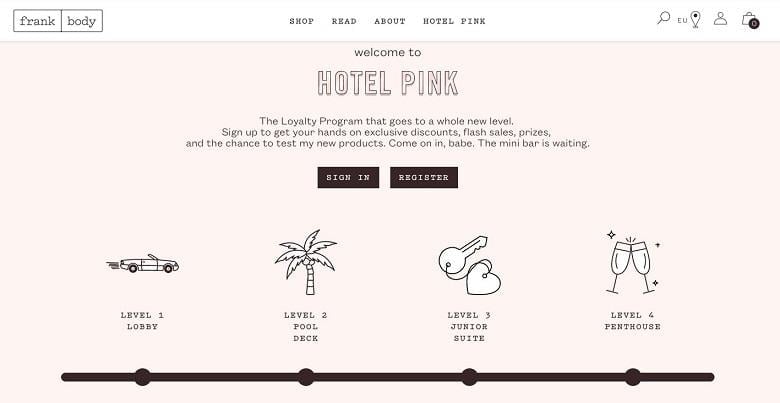
In this guide to loyalty marketing, I’m going to share what loyalty marketing is, why loyalty marketing works, and how to use this strategy to keep your customers coming back and to grow your brand overall.
What is loyalty marketing?
Loyalty marketing is a strategy that encourages your customers to do repeat business with your company again and again. Most often, these strategies involve incentivizing purchases and building up customer loyalty—but more of those specifics in a minute.
Why loyalty marketing?
Loyalty marketing focuses bringing back and retaining existing and past customers with initiatives and incentives—which is better for your business. Here’s why.
Customer acquisition is expensive
How expensive? According to Forrester Research, about five times as much as it is to retain existing customers!
According to data from Forrest Research, it costs five times as much to acquire new customers than it does to keep current ones (how to lower your customer acquisition costs here!).
Think about all the steps you need to take before a potential customer decides to buy from you. You have to make them aware that your brand exists, tell them what you do, and explain why you do it better than other brands. Then you have to convince them to take the first step in checking out your website. Once they’re on, you have to impress them enough and provide a seamless user design flow to help make purchasing easier.
Now, imagine you were trying to convince an existing customer to buy from you again.
You could easily skip most of the steps where you educate them about your brand. Since they already know you and have first-hand experience with your products, you can just jump straight to giving them a good deal.
When comparing the customer acquisition cost, or CAC, of a new customer to an existing one, it’s clear that focusing on existing customers makes better financial sense—which is why customer engagement and loyalty are essential to any growth marketing strategy.
Of course, a business cannot survive on just its existing customers. But that being said, if you don’t already have a solid customer loyalty strategy in place, we suggest you spend more effort thinking about it.
It’s easier to sell new products to existing customers
Engaging existing customers is not only cheaper, but also easier. Existing customers already have prior knowledge and experience with your brand, so it seems easier to convince them to buy from you.
And this has been backed up by data.
According to the book Marketing Metrics, the probability of companies selling to an existing customer is 60-70%. On the other hand, the probability of selling to a new customer is 5-20%.
Global research and advisory firm Gartner Group also released a statistic on customer loyalty that stated 80%of your company’s future revenue will come from just 20% of your existing customers.
These statistics show that customer retention strategies are essential to the long-term profitability of your company and is something you should focus on right away.
How to use customer loyalty to grow your brand
Customer loyalty is tricky because customers are not bound by anything to stick with you. A loyal customer can jump to another brand for a ton of different reasons. Another brand may be more accessible, or they may just want to change and try out a new brand. Or perhaps there is a better promotion around the corner.
But there are customer loyalty marketing strategies you can use to make sure your customers are sticking around for as long as possible.
1. Solicit customer feedback
It’s normal in business for customers to come and go. But as marketers and business owners, our duty is to minimize the detraction rate as much as possible.
Before you try to retain your customers, you need to understand why they are leaving. And it’s important to ask the flipside of that question, too: Why are your current customers staying?
There are few different strategies to get your customers to give you this feedback.
Provide channels for feedback using social media
When customers use your products, they will have an opinion about it. The best way to know how they feel about it is to provide channels which they can use to inform you. These opinions can be helpful in different ways.
Some opinions can be potential reasons for them leaving in the future, or they could be feedback from experienced users on how to improve the product.
Nike is one great example. The company handles customer support and feedback on Twitter using a separate handle, reacting quickly to queries in real time.
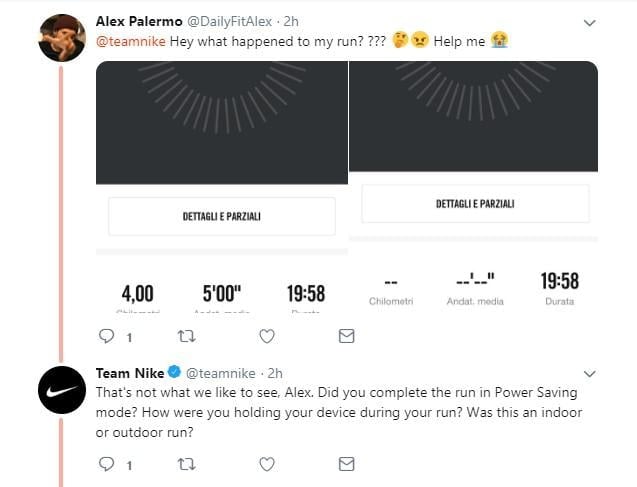
Image via Twitter
Previously Nike Support, Team Nike handles all support tweets for the brand. The response is extremely quick, and it’s polite and professional. This reduces the affected customer’s frustrations, and the public medium encourages other users to approach them if they need to.
What’s great about Team Nike is how quickly and easily accessible it is.
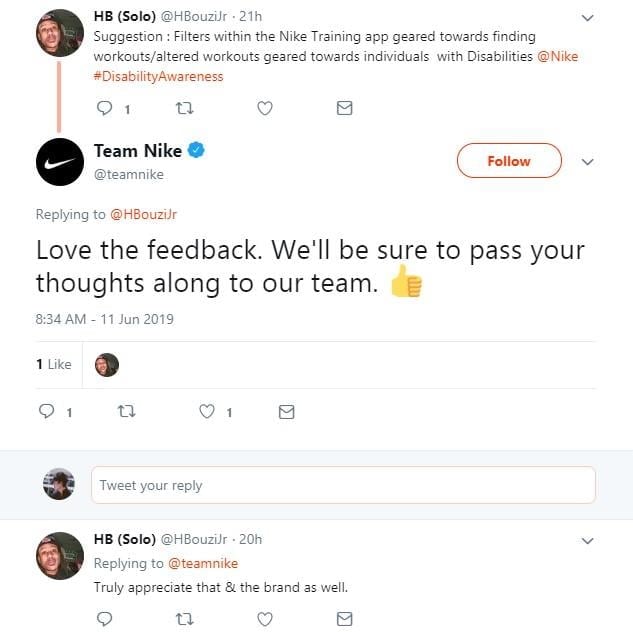
Image via Twitter
Listening to your customers’ feedback is the best way to figure out how to improve your products. Since they use your products, they are in an even better position to provide feedback than you!
Most customers will not give feedback unless it becomes a problem, so always be receptive to the few that do. Their suggestions may just be the thing you need to perfect your next product!
Use customer satisfaction surveys
Social media channels like Twitter serve as an option that customers can go to when they need help. To gain better insight into how your customers feel, you have to be proactive in asking for it.
Customer satisfaction surveys are a straightforward way to collect feedback from your customer base. When sent at the right time (e.g., a few days after delivery or after commencement of a service), customers will not find it intrusive and will be ok with leaving a comment.
Airbnb sends out a request for customer surveys after a booking and promises it’ll only take three minutes.
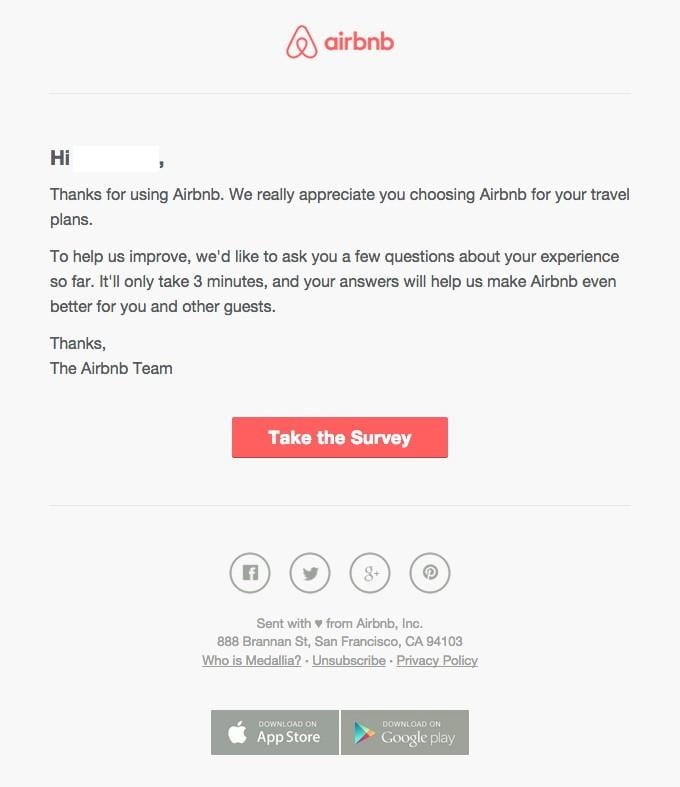
Another example comes from an instance where a customer wants to leave. Email marketing service Mailchimp provides an easy one-question survey that you can send your customers should they decide to unsubscribe from your emails.
loyalty-marketing-customer-satisfaction-survey-unsubscribe
The most important thing when sending out survey requests is to keep the survey as easy and short as possible—only a few questions max and opt for multiple choice. Customers don’t really have anything to gain from this, so the least you want to do is make it a hassle for them to complete.
Ask for a review (especially for mobile apps)
You can also ask for a customer review after a transaction. Unlike most feedback or survey responses, reviews are public, so they help other potential customers with their decision making.
While negative reviews may deter others from buying, it’s important to be open to criticism and remain neutral when asking for a review. Few will trust a company that chooses to censor their negative reviews.
Some companies choose to incentivize customers who do leave a review. Apple does not allow review incentives for apps on iOS, as they feel it counts as review manipulation. While it does encourage people to leave a review, it is important for you to emphasize that they are not obliged to leave a five-star review to earn a reward.
You want to encourage your customers to leave a review, not necessarily a good one.
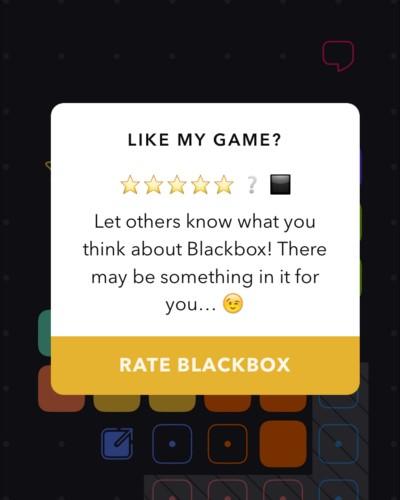
Blackbox, a mobile game on iOS, used incentives and cute copy to encourage users to leave a review.
It did remove the incentives after Apple made a stand against it, but this is nonetheless still a good example of how to ask for reviews.
The most important thing about asking for reviews is when you are asking. You want to give your customers enough time to have familiarized themselves with the product or service. In the case of a mobile app, you also want to make sure you do not ask it when they are in the middle of something important.
2. Celebrate your most loyal customers on social media
After you have given your customers a voice to express their feedback and experiences, you want to make them feel special for supporting you!
Social media platforms like Instagram and Twitter give users a channel for identity expression, where they can showcase their thoughts and actions to their networks and beyond.
These platforms also provide a great way for you to encourage customer interactions through user-generated content (UGC). Social media contests and giveaways incentivize customers to interact with the brand and promote it through their networks.
Australian skincare company Frank Body uses Instagram to engage with and celebrate its users. Customers are encouraged to share photos of themselves using Frank Body products for a chance to be featured on the official account.
The company also hosts frequent contests and giveaways to reward those who participate using those hashtags.
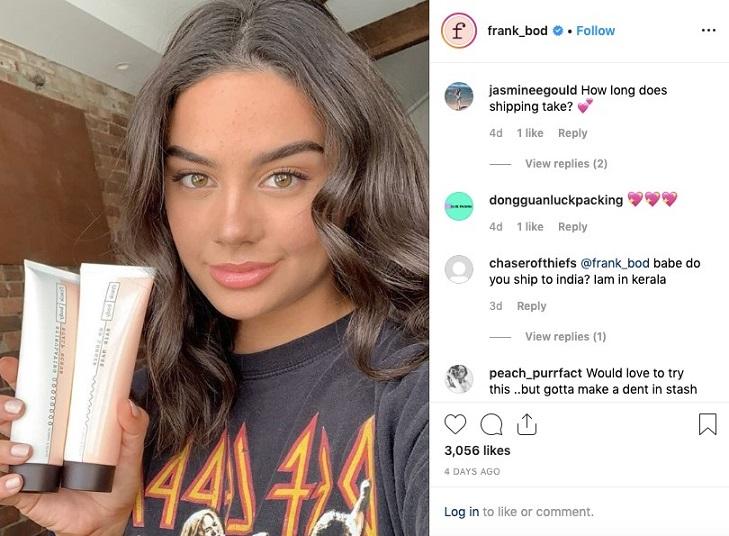
Image via Instagram
Besides the chance to win contests, being featured on your favorite skincare company’s official Instagram page is also very rewarding. So celebrate the winners of your social media contests or giveaways to give them extra social currency and reward them for their support. They will gladly tell their friends about it and about your brand!
3. Incentivize repeat business with reward programs
As mentioned earlier, sometimes customers can be loyal to you but jump over to another brand that is cheaper or newer. Loyalty is dynamic; you have to keep giving customers a reason to come back. That’s why it’s important to have other means to draw them back apart from your new products.
Having a loyalty reward program is a concrete way to encourage customers to continue to patronize your brand.
Sephora’s Beauty Insider program is a legend among loyalty programs. According to Bridget Dolan, VP of Interactive Media at Sephora, 80% of all their transactions today come through their Beauty Insiders program.
The Beauty Insider program has several features that make it a really effective loyalty program.
Firstly, it offers different tiers based on how much customers spend, with different accompanying tier rewards.
This gives customers a reason to keep buying from Sephora.
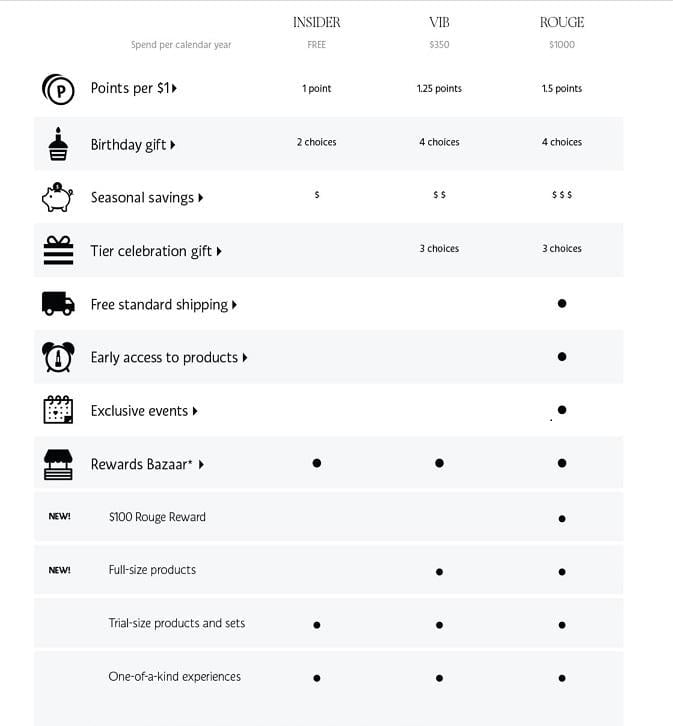
Next, it makes customers feel special by giving birthday promotions and personalized product recommendations. Birthday girls and boys from the higher tiers can choose to have free makeovers and free product shipping. That’s one more reason to clock those loyalty points and climb up the tiers!
It also has a quiz that customers can fill out to get personalized product recommendations.

This is great for customers who aren’t sure what they need and are confused with Sephora’s massive product catalog. This also gives customers a sense of exclusivity and personal touch which they will not get at other cosmetic stores.
Lastly, Sephora customers can enjoy free makeup classes where they can learn new skills and meet new people. This helps customers feel that they are getting something valuable in return for their support.
The key to an effective loyalty program is making your customers feel super special when they buy from you. Whether it’s birthday deals, exclusive promos, or free classes, make it your focus to let your customers feel like they have earned something truly special with your brand. This will keep them connected to you and help keep churn rate low.
4. Encourage loyal customers to spread the love with referral programs
Loyalty programs and referral programs are sometimes thought to be similar, but they serve different functions. Loyalty programs incentivize customers to purchase from you repeatedly, while referral programs incentivize customers who get their friends to buy from your brand.
And the bridge between retaining existing customers through loyalty marketing and acquiring new customers comes from referral programs.
Customers who love a brand will naturally share with their friends through word-of-mouth. Referral program encourages that behavior with incentives for both the advocate and the referred friend.
Baby sleeping toy company Riff Raff & Co. is a good example of how referral programs help to retain customers as well as acquire new ones.
Its referral program rewards advocates with its core product for free if they get five of their friends to buy one. Parents will share their experiences and what products are good or bad for their children. It isn’t difficult for them to share their referral links to a product that has helped their children sleep better.
loyalty-marketing-referral-programs
While Riff Raff & Co. chooses to reward their customers after five referrals, you can always choose a mechanic that makes sense to your business. You can also decide whether you want to give a cash reward, discounts, or whatever you please.
Loyalty marketing is about valuing your customers
At the end of the day, customer loyalty goes beyond social media engagement, giving out loyalty points, or referral rewards.
It’s about acknowledging your customers as people you value greatly and appreciating them for their support.
These examples and tips listed above will help you to have genuine interactions with your customers. When customers know that a brand appreciates their feedback, and puts their concerns before pure profit, they will have huge respect for you and will support you even more!
About the author
Samuel Hum is a writer for CandyBar and ReferralCandy.







